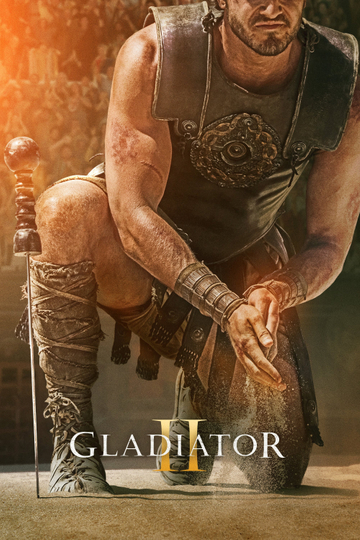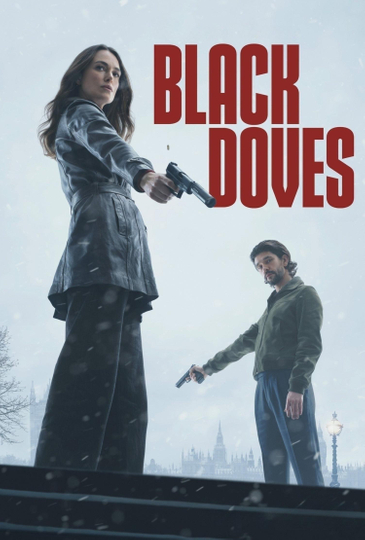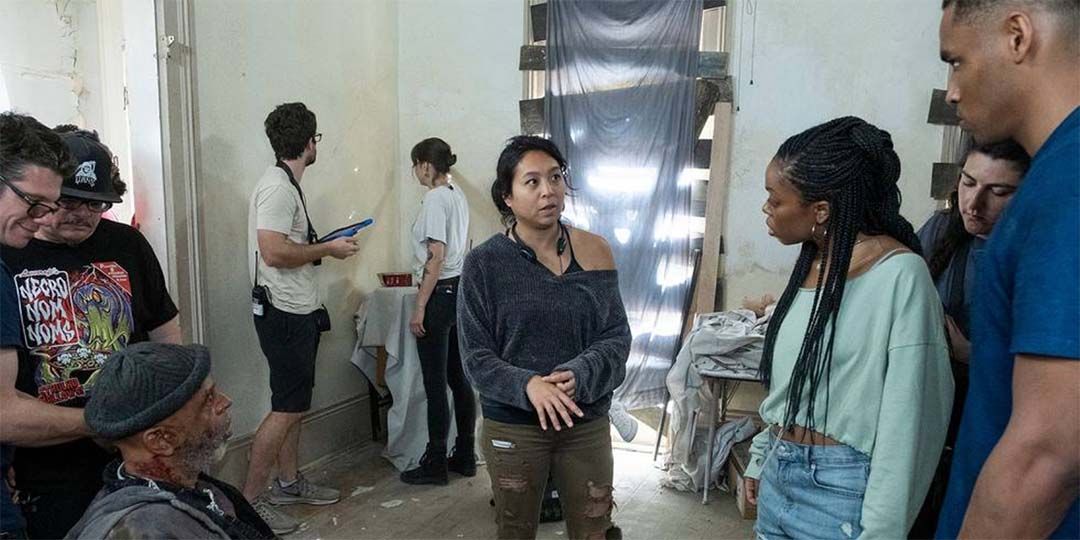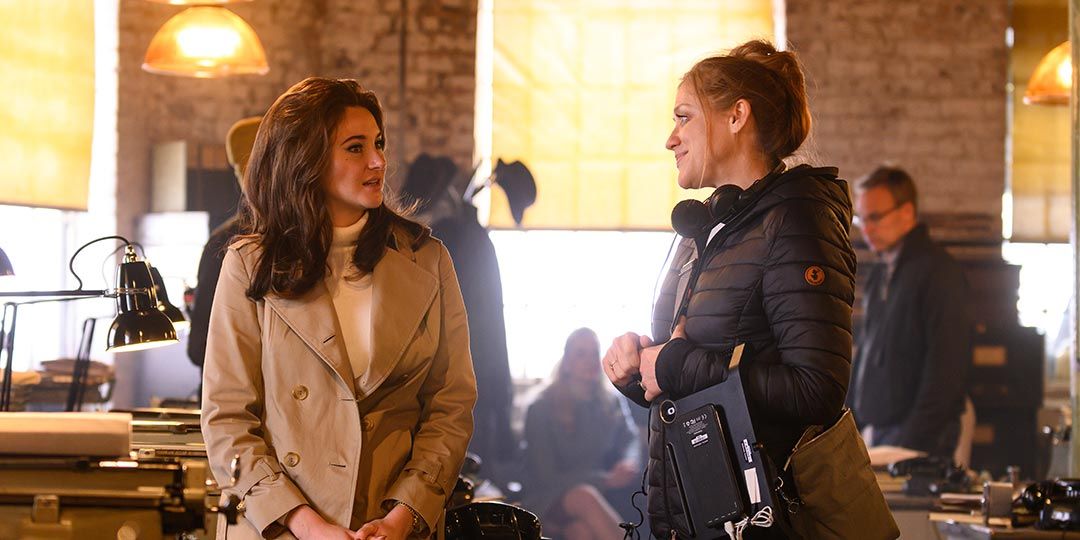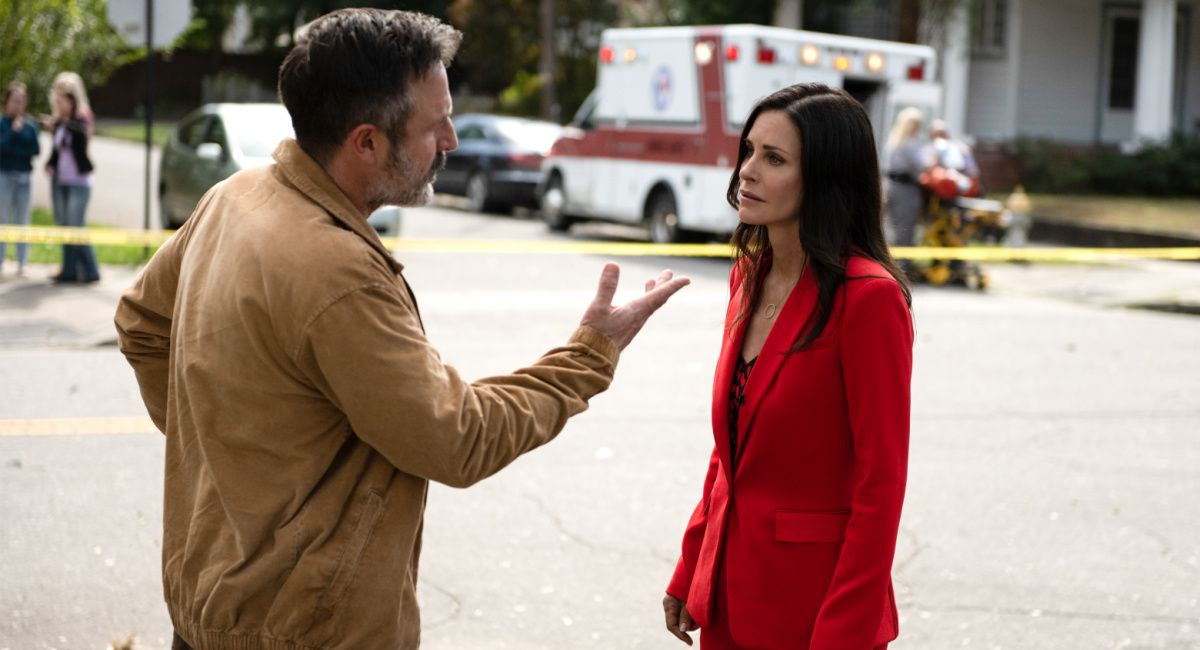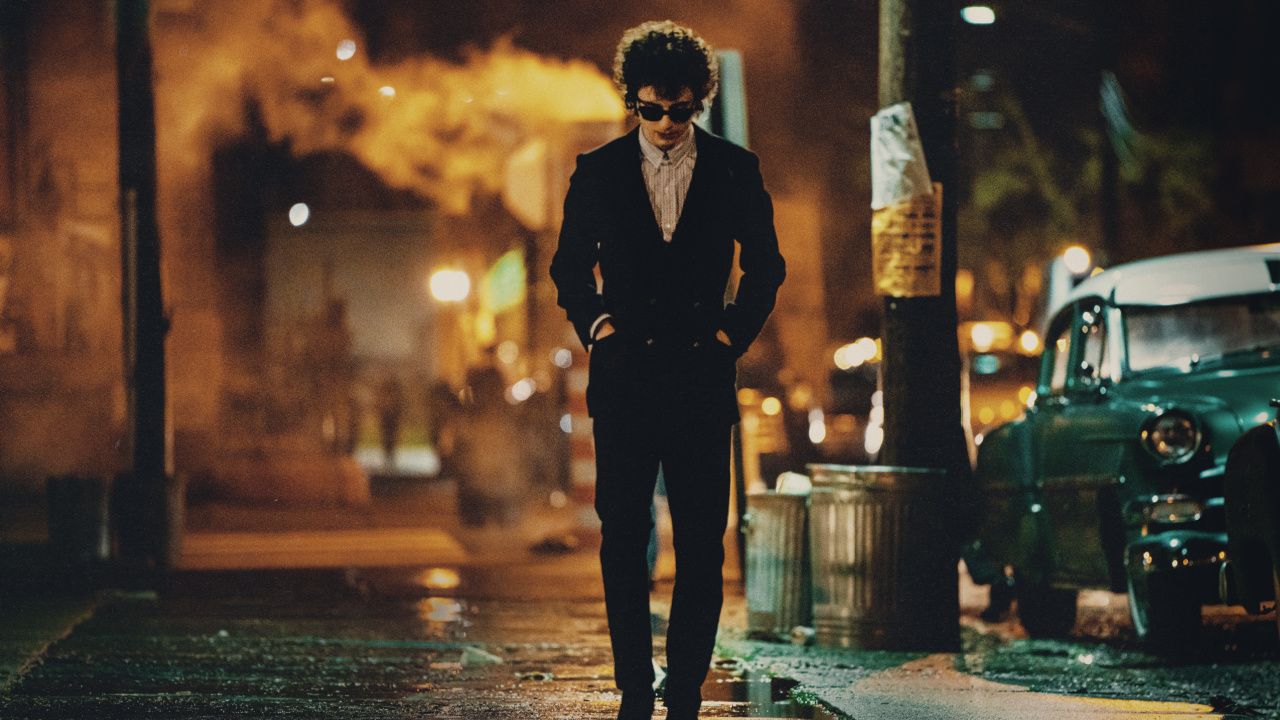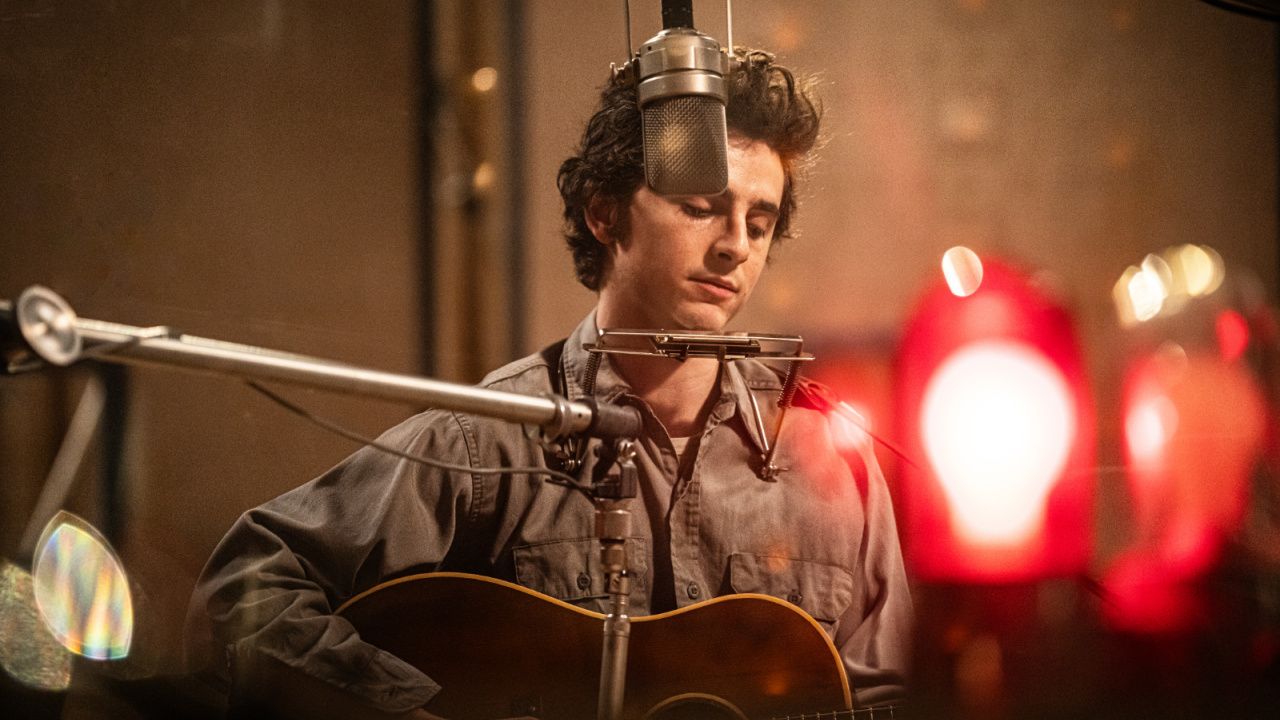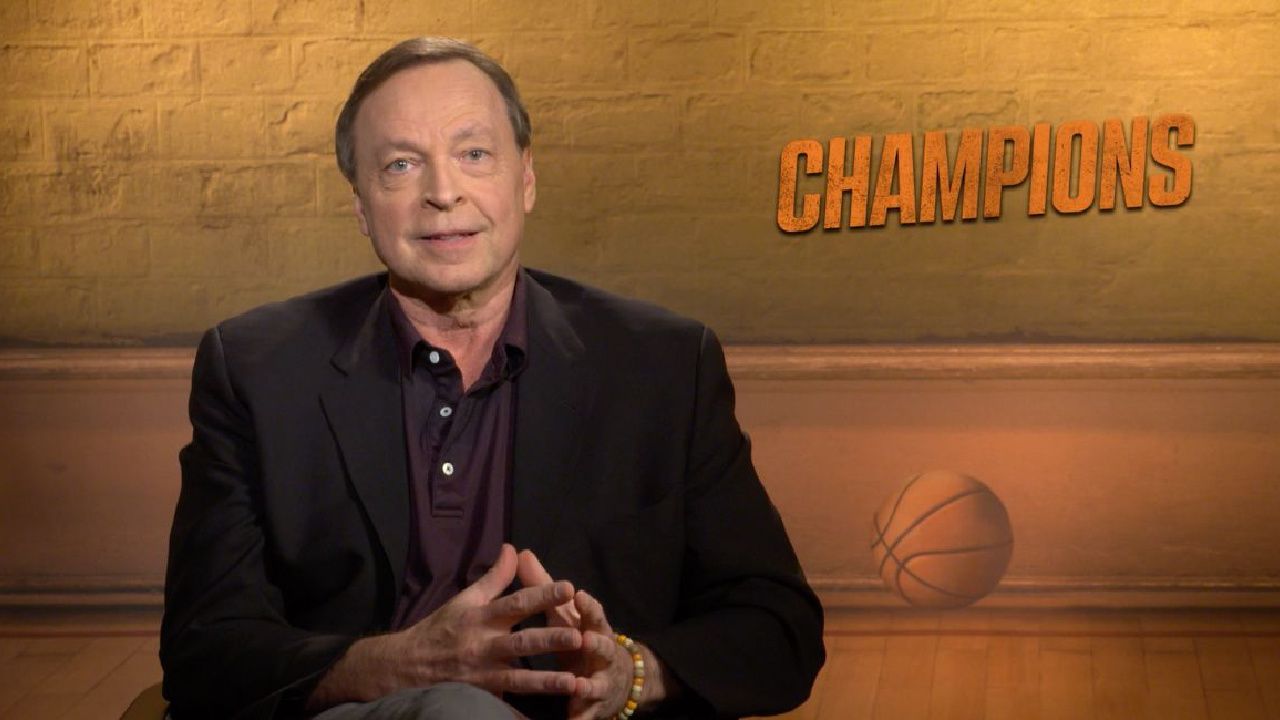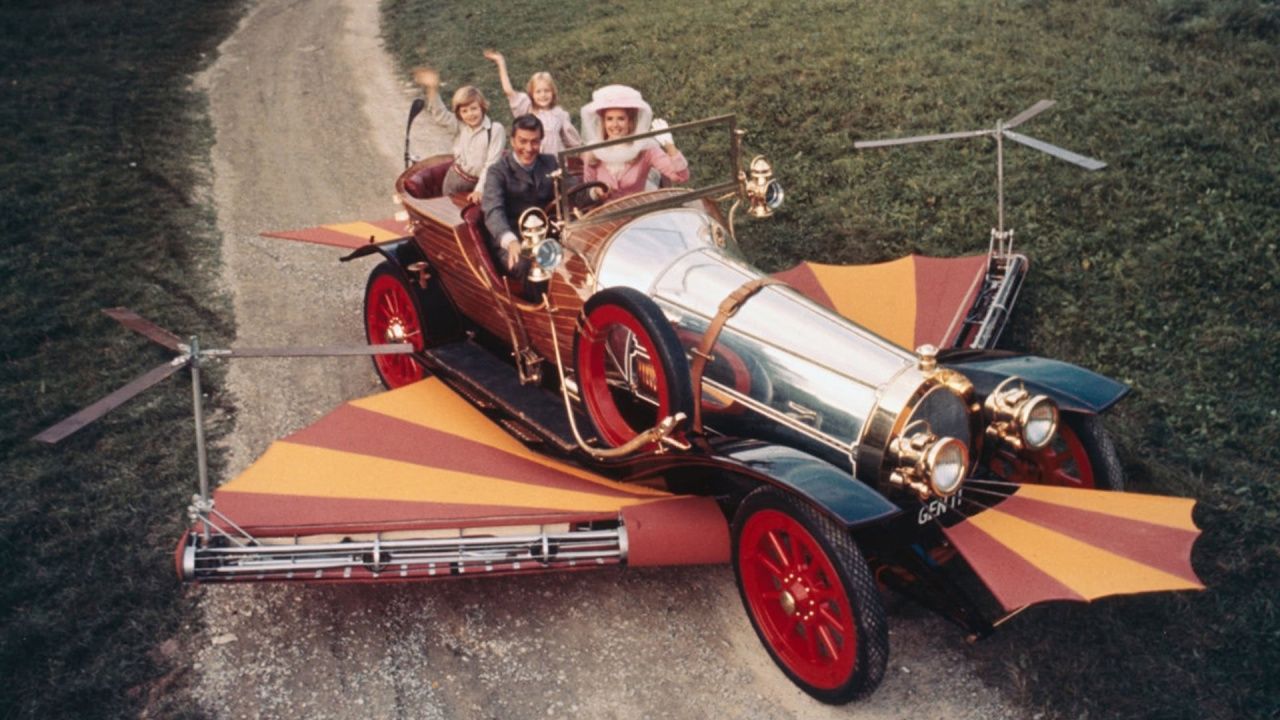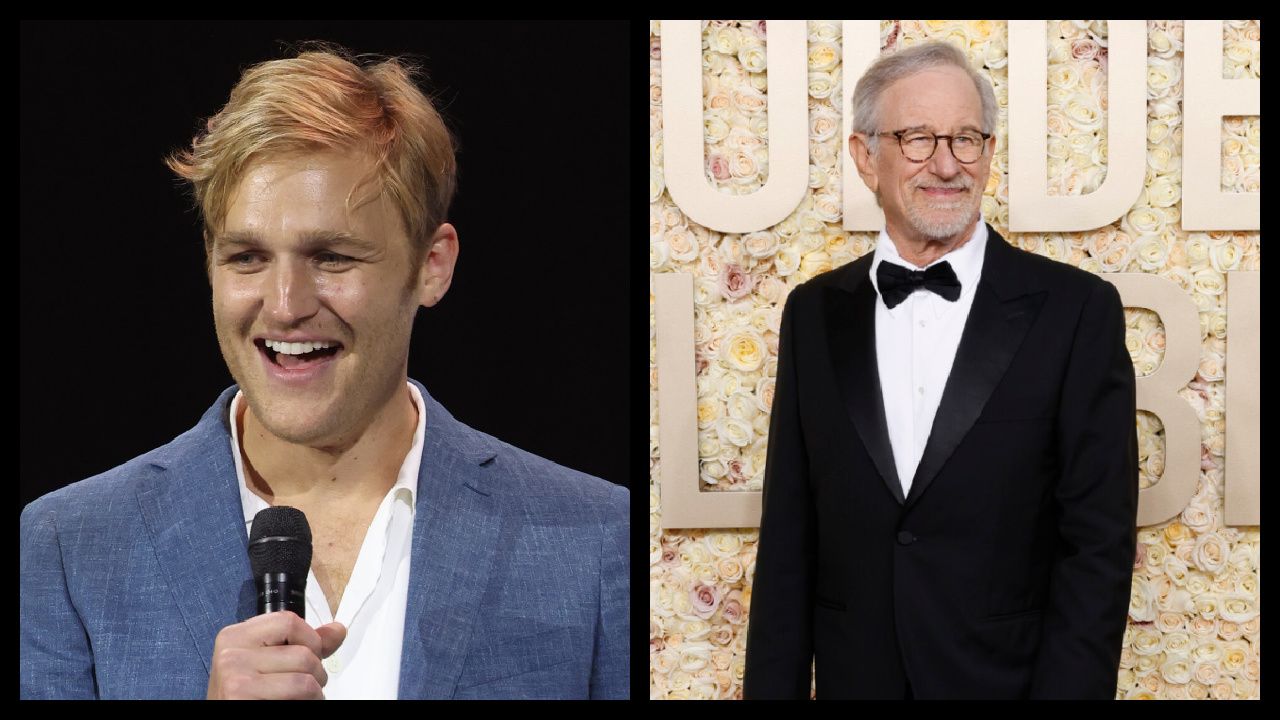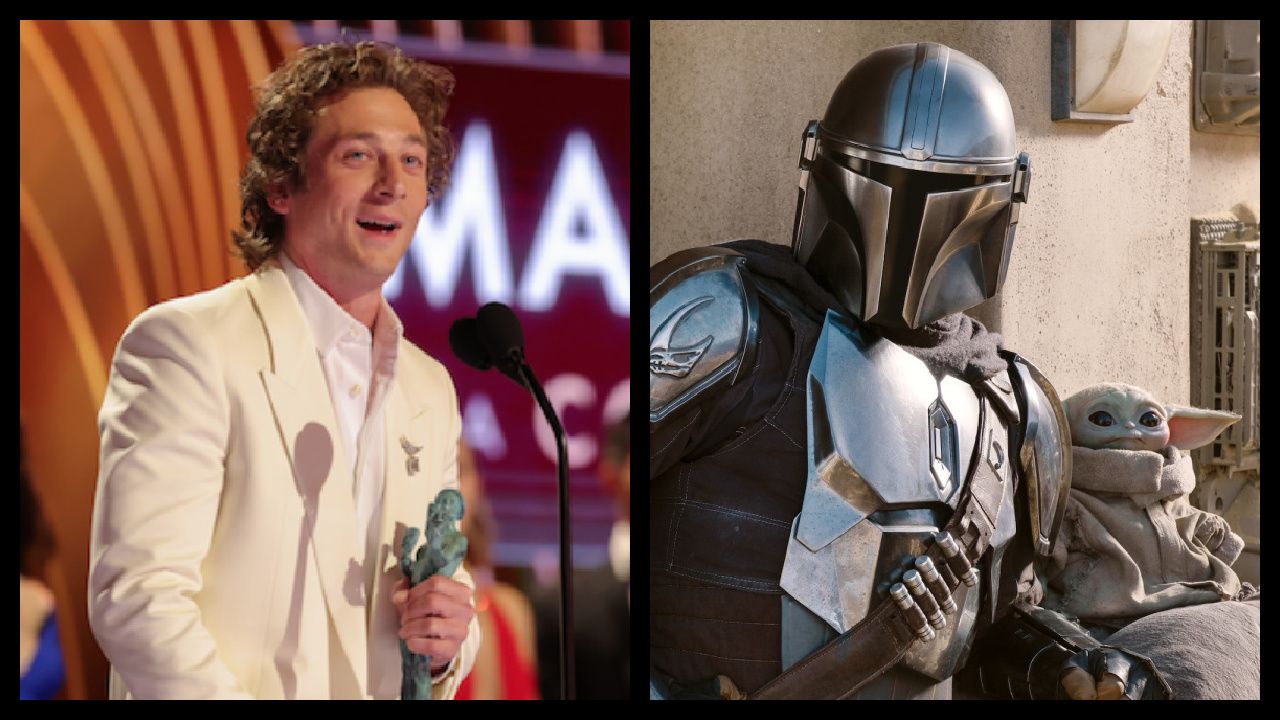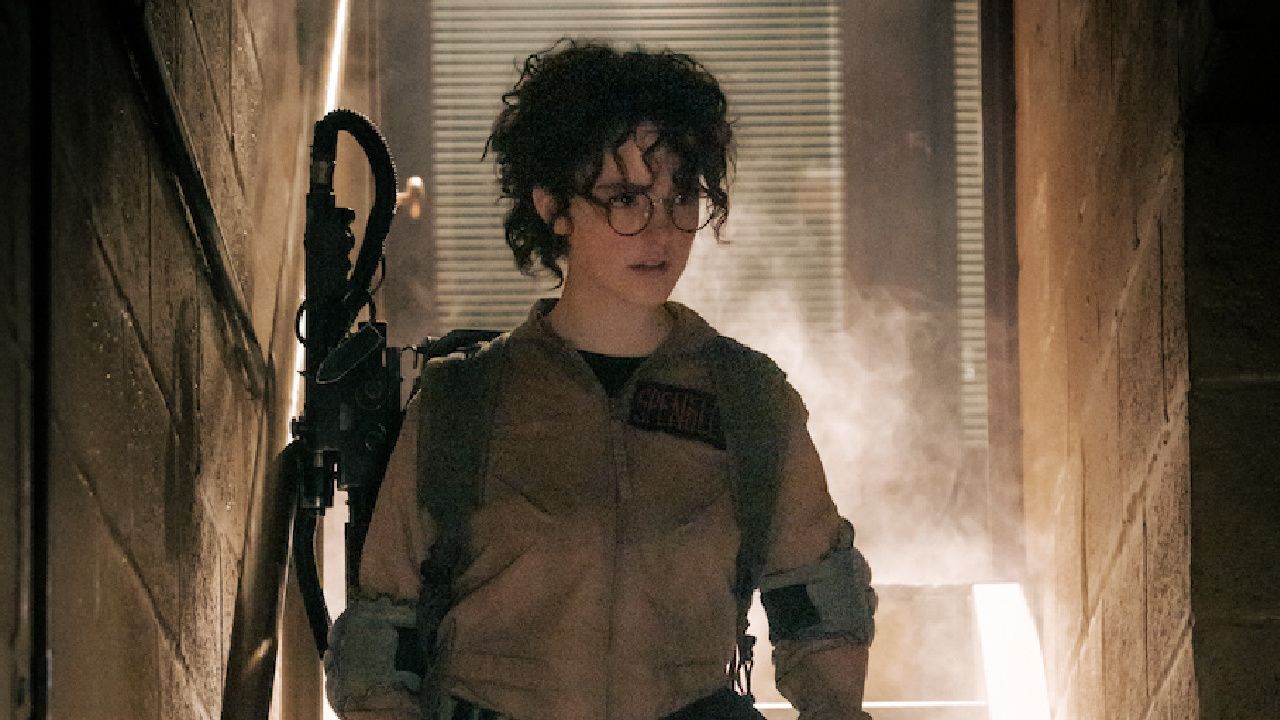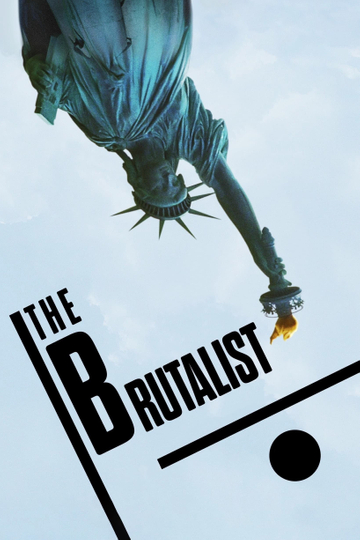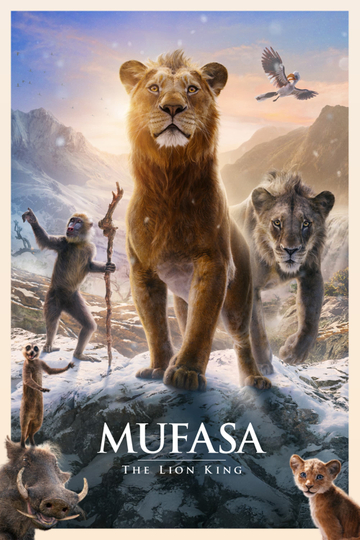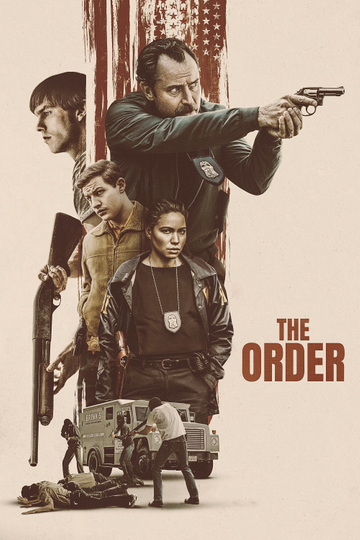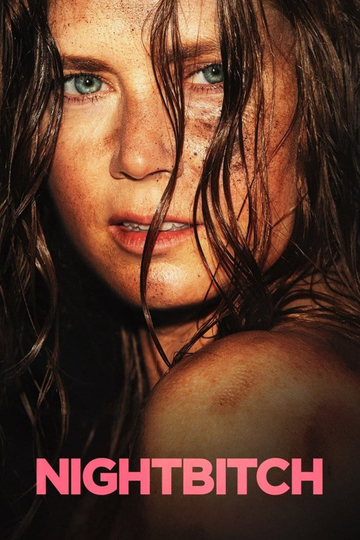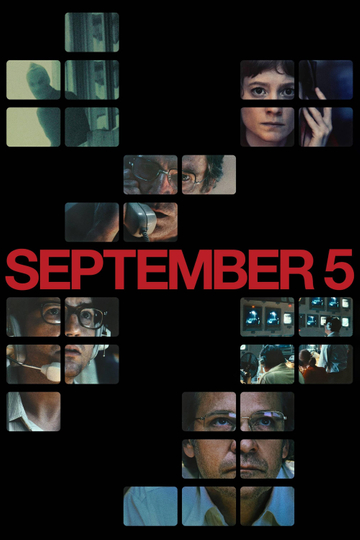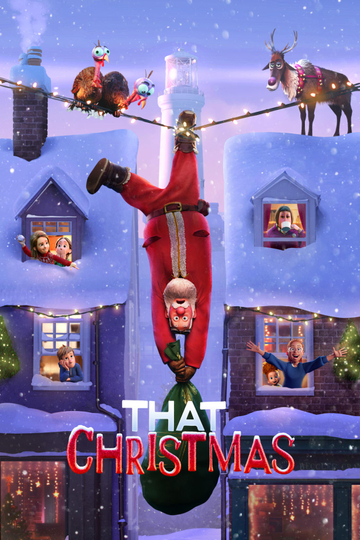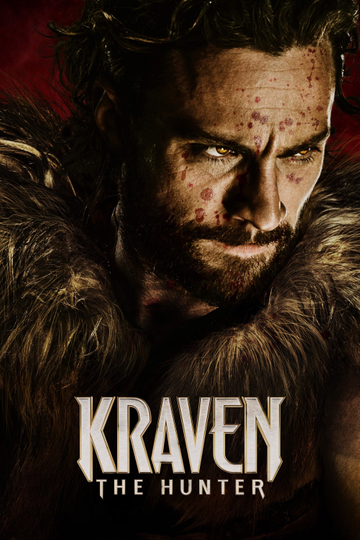Female Filmmakers in Focus: Leigh Janiak Discusses ‘Fear Street’ and Lauds the Work of Kathryn Bigelow
This week writer-director Leigh Janiak talks about her R.L. Stine-inspired slasher trilogy ‘Fear Street’ on Netflix, and lauds the work of Kathryn Bigelow.
Fear Street directed by Leigh Janiak
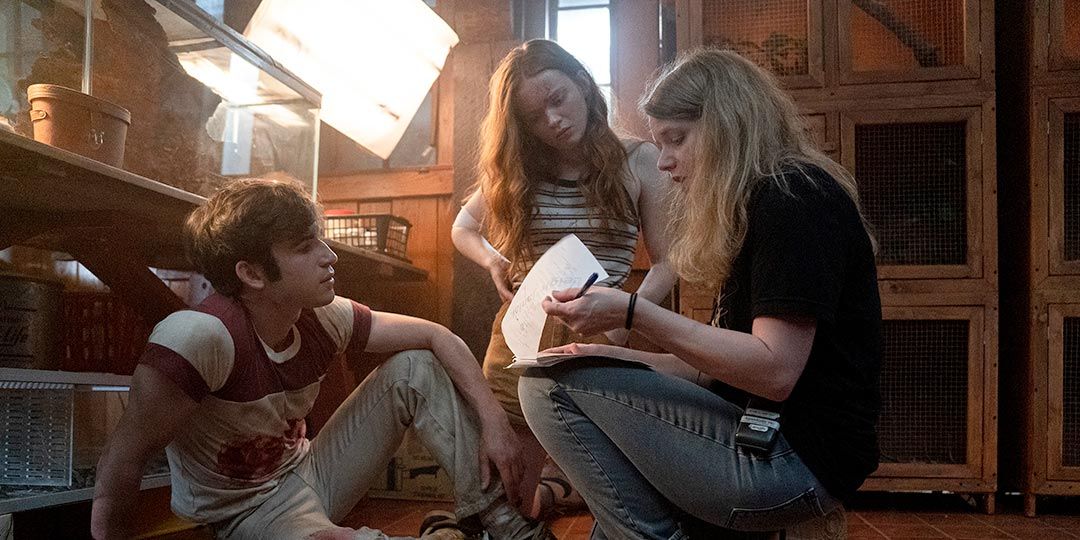
(L to R) Actors Ted Sutherland, Sadie Sink, and Leigh Janiak on the set of 'Fear Street Part 3: 1666'
A graduate of NYU and the University of Chicago, Leigh Janiak made her feature film debut in 2014 with the horror film ‘Honeymoon’ starring Rose Leslie and Harry Treadaway as a newlywed couple whose lakeside getaway quickly takes a sinister turn. Janiak has also directed episodes of the 'Scream' television series, and developed the original pilot for the Amazon YA show ‘Panic.'
Inspired by the YA horror book series of the same name by R.L. Stine, the ‘Fear Street Trilogy’ consists of three films: Fear Street 1994, Fear Street 1978, and Fear Street 1666 all set in the towns of Shadyside and Sunnyvale. As lore has it, a witch named Sarah Fier put a curse on the town of Shadyside and every decade or so, a normal citizen goes on a killing spree.
1994 is set on the eve of the most recent massacre, 1978 looks back at a summer camp tragedy, and 1666 takes viewers back to where it all began. With odes to slasher cinema, as well as America’s penchant for witch hunts and systematic economic inequality, Janiak’s take on the material adds a subversive, queer spin to familiar horror beats. The films also serve up plenty of gore sure to satisfy fans of slasher cinema and the book series alike.
All three parts of the ‘Fear Street Trilogy’ are now streaming on Netflix.
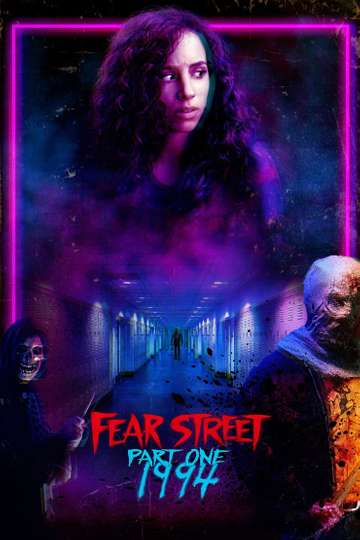
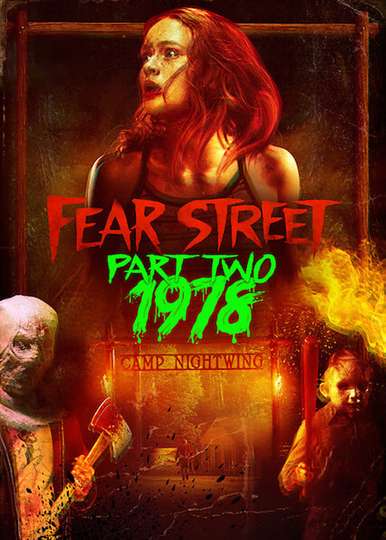
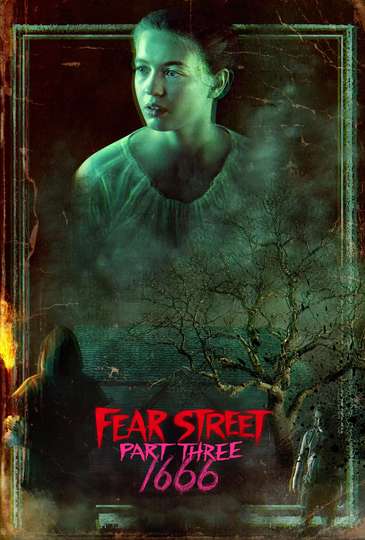
Leigh Janiak spoke to us about her new movie trilogy. Warning: this interview contains mild spoilers for the entire trilogy.
Moviefone: Were you a fan of the ‘Fear Street’ books growing up?
Leigh Janiak: I was a teenager in the 90s, so reading Fear Street was very much part of my teenagedom. I was a big fan. I remember going to the public library, and they were on a carousel. I loved the fun of the covers, and there was always this insane shit happening in them.
MF: My brother had a million of these books. I’m wondering how you distilled them into a cohesive story for the trilogy?
Janiak: We ultimately looked at this giant breadth of work that R. L. Stine had created and said, how do we do this? Because we were making the three movies and doing it at once, we felt like we needed a connected mythology narrative more so than the books live in. So what we decided to do was try to be true to the spirit of the books, the sort of fun, subversive, edgy nature of them. That we tried to infuse into every scene and the whole vibe of the narrative.
MF: Did you always know you were going to make them hard R?
Janiak: Yeah, definitely. That was something from the very beginning. I felt like if you are doing slasher movies, you need to live in an R-rated world. I think there is a lot of good horror that lives in that PG-13 space, but slashers, to me, you’ve got to see blood, you’ve got to see guts, you have to see lots of dead people. So that was important to me generally for the tone of a slasher movie. I was also thinking about my experience reading the Fear Street books as a teenager. They felt crazy to me. They felt R-rated. I actually don’t think they are. It’s funny. I was just re-reading one of them a couple of weeks ago and realized these are not as insanely violent as I remember. They are, but my point is, I was living in this world of the memory and experience of how intense they felt to me, and then trying to be true to the sub-genre of slashers.
MF: I loved the gruesome sequence at the end of 1994. How did you come up with the head in the bread slicer? That was disgusting in the best sense.
Janiak: One of the fun parts of making 1994 across the board was thinking about, for me, taking this image of suburbia and destroying it. Making it rotten. When we were choosing where our locations and different set pieces would be, we let the kills grow from there. So the grocery store was a really important set piece. When I was a teenager, one of my first jobs was I worked third shift at a Super K-Mart. So, I was working from like 10pm until 7am. This was over the summer, not when I was in school - and it’s crazy that my parents let me do this. So I had this image of these late nights at the grocery store, and I was so excited when it felt like it could work into our final showdown set piece of 1994. We looked around and were like it makes sense that you would go to a grocery store, and they need drugs, which was what they were doing there. But when that plan goes wrong, what other things can we use? And what is the most insane thing? Like you, I love a good gross kill, and we started thinking about the bakery and that area and were like, can a human head do this? What would that be like? That’s where that came from.
MF: I was expecting Kate to be saved and when she wasn’t, I was like, “oh my god!”
Janiak: It was hard to kill her and to kill Simon because I think we ended up really loving them. I felt like we loved them on the page, but Julia (Rehwald) and Fred (Hechinger) did such a good job making us care for these characters. Ultimately it was like, okay we’re killing characters who will hopefully be beloved, but we also need to have real stakes, and real reminders to the audience that brutal shit is happening in Shadyside and there is emotion behind this, and we’re only in the first act of our bigger movie. We’re at the end of movie one, but we’re in the first act of the trilogy. It made sense to do it, but it was shocking to a lot of people.
MF: I love the credit at the end for the CGI flies. I was wondering where the names came from?
Janiak: So Paul was my VFX supervisor and Christina is my VFX producer. Guillermo is for Guillermo del Toro. Guillermo was so kind and watched early cuts of the first and second movie. I hadn’t yet done a director’s cut of the third movie. It was funny because he was like, “I feel like you need this unifying thing you see every time you see the killers.” We had played around with versions of what that could be in prep and in development. We had flies that were built into movie three, just kind of reflecting the rot of the world and what was happening. He was like, “maybe like a fly or something like that.” and I thought, yes, perfect. So he gave us this brilliant idea and is fully responsible for introducing that idea. So I thought it would be cool to name the fly after him.
MF: I love that the trilogy is centered on two queer women. I read that you had wanted to center this on the kind of character who would normally die in these movies. Where did that idea come from?
Janiak: Part of that I had asked myself when I was approached by the producers to do the project was why should we be revisiting the slasher subgenre? For me, it was about wanting to make something that wasn’t just home and wasn’t just nostalgia. I wanted that to be part of it, for sure. Part of the fun of making the three movies in three different time periods is to be able to send a love letter to those films that I grew up watching and that I love. But also I wanted to be able to justify the experiment. To do something new. To me, there was this world of Shadyside and Sunnyvale we ended up creating of the haves and have-nots. Shadyside is full of characters that have been marginalized and told by society that they are other and felt like they were never going to get out of this world. So that to me was what became special about ‘Fear Street’. That we could have characters that usually would die much sooner in movies and give them a place in the sun as protagonists and as heroes of the story.
MF: How did you find your cast? Did you do any chemistry reads?
Janiak: Obviously there are like a million characters across the three movies, and I worked with my amazing casting director, Carmen Cuba. She introduced me to a ton of new people and new faces that I hadn’t seen before. Olivia (Welch) who plays Sam and Kiana (Madeira) who plays Deena I had come across when I was working on a pilot a year before.
MF: For ‘Panic’?
Janiak: Yeah. I had cast Olivia in ‘Panic’ and I had come across Kiana also in that audition process. Kiana ultimately wasn’t right for one of the roles in the pilot, but when I saw her read I was like, “if 'Fear Street' gets off the ground...” because we were still in the prep/development phase. But I thought if we got the green light she is Deena. I felt that. So when we started casting again, they were the ones for me. We had a lot of talented actresses and we had chemistry reads with other women as well, but it was this funny thing because you see them separately, but it’s not until they get into a room together and you’re like “oh, they are so cute.” They actually have this very sweet, organic, sexy vibe between them. It was really exciting when they came together.
MF: How did you decide on 1994 and 1978 for the two slasher entries in the trilogy?
Janiak: When we first were coming up with what era each film would be in, we knew we wanted something in the 90s. Originally there was a discussion of should it be earlier in the 90s? I think my first pitch actually called it ‘Fear Street 1990’ and then as me and my fellow writers started building the world, we realized 1990 is a weird year for that. It’s straddling the classic heyday slasher films of the 80s and then the 90s, but we’re not really living in a here nor there world. So by putting it in 94 we felt like we could be revisiting the 90s slashers like ‘Scream,’ ‘I Know What You Did Last Summer,’ ‘The Faculty,’ with kind of more self-aware, sarcastic characters. Then we thought by shifting into the 70s, the filmmaking could also be different. That way we could be in very distinct eras of slasher.
MF: I really loved the way that you used covers of songs from the 70s in 1994, and then you had the original versions in 1978. I thought that was a really smart way to show the way that all those characters are connected through history, and so are the songs.
Janiak: I love that you are talking about that. No one has asked me about that. The Nirvana version of ‘The Man Who Sold The World’ and the Bowie version were both built into the script for movie two from the first draft. One of the things I like personally is the idea of generational trauma and people reliving mistakes and this idea of fate and soulmates and how do we fix our past and these cycles of time. So being able to look for music that could round out those themes and show this is what it was like here and this is what it was here was just so cool. The Bowie version and Nirvana one, obviously, that song ends up holding thematically a bigger place of importance in the trilogy. Once we started getting into it, we thought that ‘Sweet Jane’ would be amazing to use for the 1994 because the Cowboy Junkies version is awesome, and then when we got to 1978 I was like, “Oh fuck we’ve got to do Velvet Underground.” I think those are the only ones that we did, but I kept thinking there’s got to be more. I’m happy you brought that up.
MF: What is your favorite Easter egg for fans of the book you put in the films?
Janiak: There’s endless little things here and there throughout. My favorite nod at the books was more meta. It’s not even something direct. I love that we start the whole movie with a comment on horror novels. Then that the book ‘First Evil’ - which uses the actual covers from one of the cheerleader ‘Fear Street’ ones - saves Heather (Maya Hawke) in that first moment when she gets stabbed, and then those books are what Deena ultimately creates for her bulletproof vest in movie three and that ultimately saves her. That’s my favorite way of saying yes these books are amazing and I love them and horror will save us all.
MF: I love that the bookstore was B. Dalton. That was the bookstore in the mall where my grampa lived when I visited in the 90s. Why did you choose that bookstore instead of any of the other chains?
Janiak: I grew up in a suburb outside of Cleveland, and B. Dalton was the bookstore in the local mall. It was that and a Spencer's Gifts, which was ultimately what Wheeler’s was taking inspiration from. It was very fun. I got to relive my childhood and create this world, which was more fucked up than my actual teenagedom was. It was so surreal walking into that set.
MF: Can you recommend another film directed by women for our readers to seek out?
Janiak: It’s interesting. I think back to being a kid and even frankly much later into being a teenager than I care to admit, that I wasn’t really aware of female directors. I think that that’s one of the things that it is so important and cool about the strides that Hollywood is making now, to be more inclusive and to have more women directing, specifically in the genre space. I think that opens up the world to young women. For me, my favorite female filmmaker is Kathryn Bigelow. I watched all of her movies as they came out. ‘Near Dark.’ ‘Point Break,’ which I think is one of the most brilliant movies ever made. ‘Strange Days.’ I love all of them. ‘Zero Dark Thirty.’ ‘The Hurt Locker.’ Those early ones that she was doing, because they live so much in what was a more traditionally masciucline space of action and genre, she was and continues to be super inspirational to me.
The Hurt Locker directed by Kathryn Bigelow
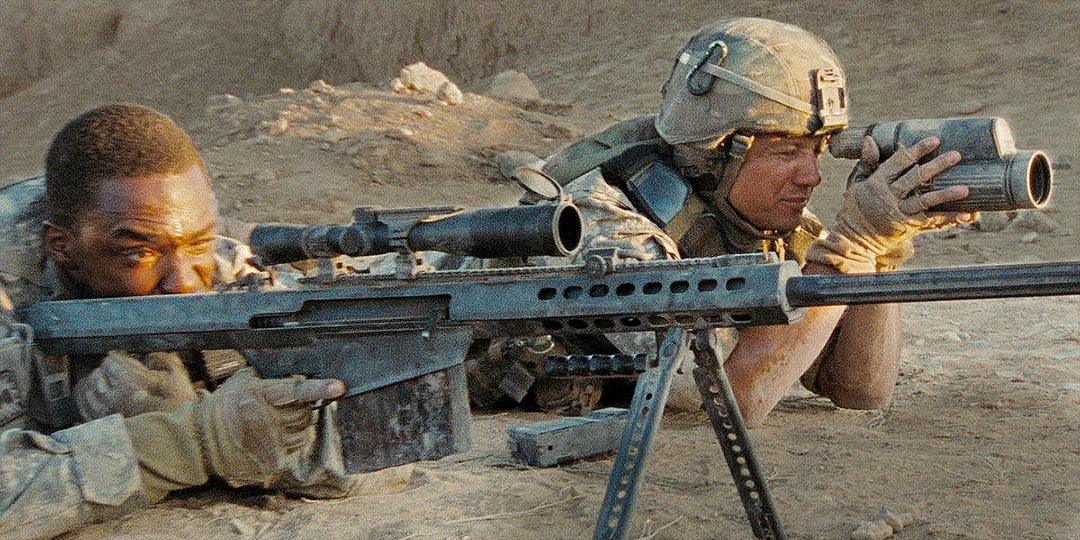
Anthony Mackie (L) and Jeremy Renner (R) in 'The Hurt Locker,' directed by Kathryn Bigelow
Kathryn Bigelow has directed ten feature films and countless episodes of television. She made history when her 2009 film ‘The Hurt Locker’ won Best Director and Best Picture at the Academy Awards - the first time a film directed by a woman had won either top prize. This feat was not repeated until Chloé Zhao’s film ‘Nomadland’ took both prizes earlier this year.
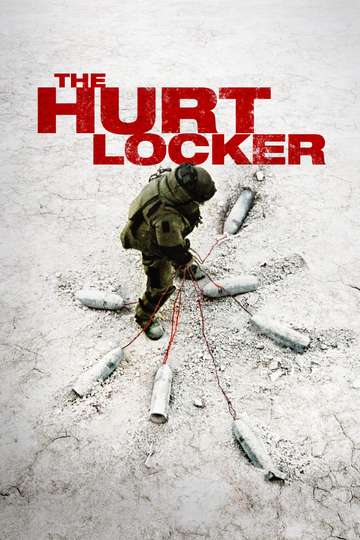
The Hurt Locker

